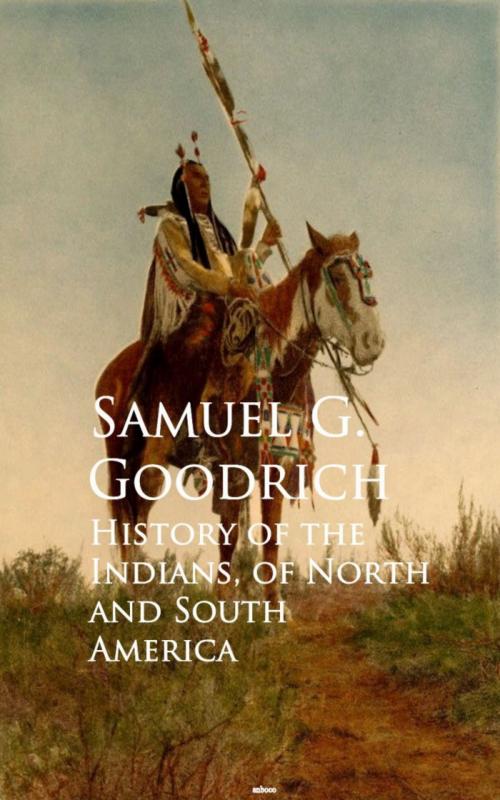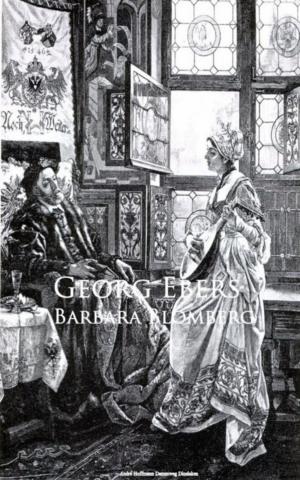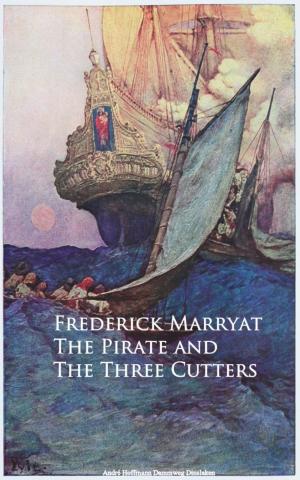| Author: | Samuel G. Goodrich | ISBN: | 9783736419209 |
| Publisher: | anboco | Publication: | June 24, 2017 |
| Imprint: | Language: | English |
| Author: | Samuel G. Goodrich |
| ISBN: | 9783736419209 |
| Publisher: | anboco |
| Publication: | June 24, 2017 |
| Imprint: | |
| Language: | English |
When America was first discovered, it was found to be inhabited by a race of men different from any already known. They were called Indians, from the West Indies, where they were first seen, and which Columbus, according to the common opinion of that age, supposed to be a part of the East Indies. On exploring the coasts and the interior of the vast continent, the same singular people, in different varieties, were everywhere discovered. Their general conformation and features, character, habits, and customs were too evidently alike not to render it proper to class them under the same common name; and yet there were sufficient diversities, in these respects, to allow of grouping them in minor divisions, as families or tribes. These frequently took their names from the parts of the country where they lived. The differences just mentioned were, indeed, no greater than might have been expected from the varieties of climate, modes of life, and degree of improvement[6] which existed among them. Sometimes the Indians were found gathered in large numbers along the banks of rivers or lakes, or in the dense forest, their hunting-grounds; and not unfrequently also, scattered in little collections over the extended face of the country. As they were often engaged in wars with each other, a powerful tribe would occasionally subject to its sway numerous other lesser ones, whom it held as its vassals. No accurate account can be given of their numbers. Some have estimated the whole amount in North and South America, at the time of the discovery of the continent, even as high as one hundred or one hundred and fifty millions. This estimate is unquestionably much too large. A more probable one would be from fifteen or twenty to twenty-five millions. But they have greatly diminished, and of all the ancient race not more than four or five millions, if so many, now remain.
When America was first discovered, it was found to be inhabited by a race of men different from any already known. They were called Indians, from the West Indies, where they were first seen, and which Columbus, according to the common opinion of that age, supposed to be a part of the East Indies. On exploring the coasts and the interior of the vast continent, the same singular people, in different varieties, were everywhere discovered. Their general conformation and features, character, habits, and customs were too evidently alike not to render it proper to class them under the same common name; and yet there were sufficient diversities, in these respects, to allow of grouping them in minor divisions, as families or tribes. These frequently took their names from the parts of the country where they lived. The differences just mentioned were, indeed, no greater than might have been expected from the varieties of climate, modes of life, and degree of improvement[6] which existed among them. Sometimes the Indians were found gathered in large numbers along the banks of rivers or lakes, or in the dense forest, their hunting-grounds; and not unfrequently also, scattered in little collections over the extended face of the country. As they were often engaged in wars with each other, a powerful tribe would occasionally subject to its sway numerous other lesser ones, whom it held as its vassals. No accurate account can be given of their numbers. Some have estimated the whole amount in North and South America, at the time of the discovery of the continent, even as high as one hundred or one hundred and fifty millions. This estimate is unquestionably much too large. A more probable one would be from fifteen or twenty to twenty-five millions. But they have greatly diminished, and of all the ancient race not more than four or five millions, if so many, now remain.















